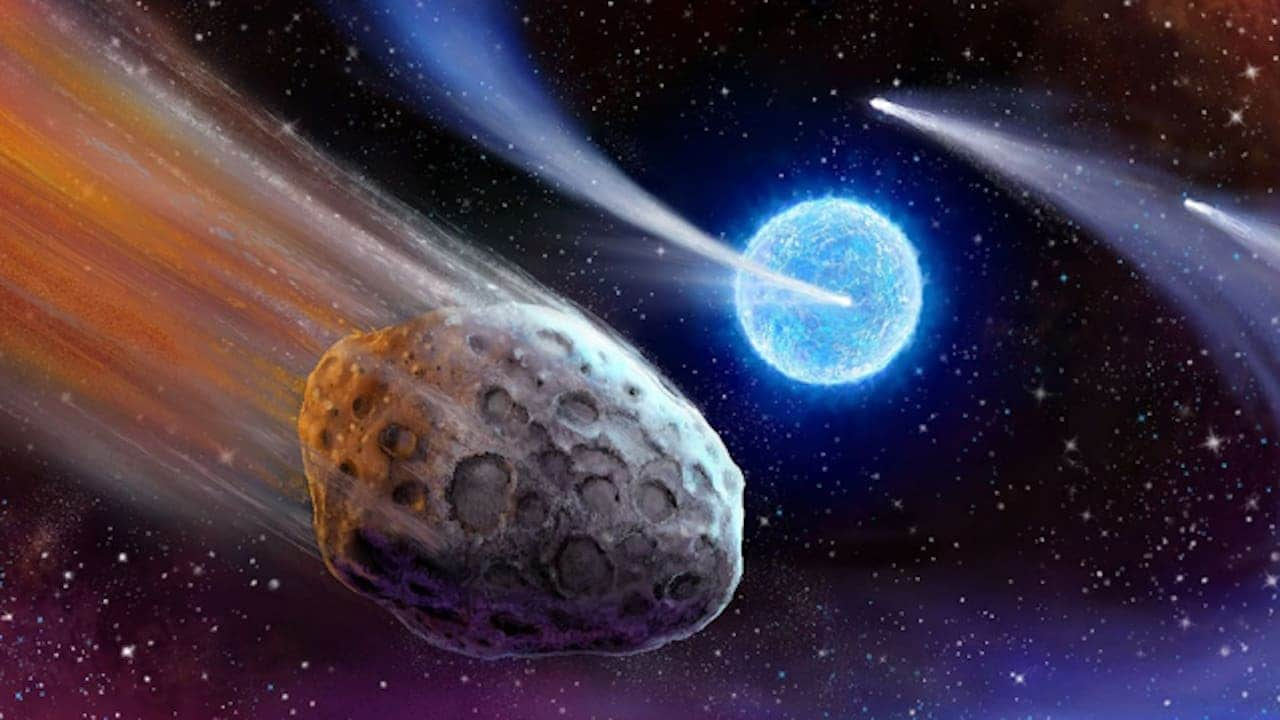What about some time travel?
It's about time to set our clocks ready. Let's set it back. Set it back to about 4.6 billions years in the past. Time is set, tighten the belts and sit comfy. Woohoo! We are travelling through time. Don't ask if it will take a lot of time or if would be boring? Just enjoy the moment and let me wake you when you reach the destination. A destination - not the one which changes from place to place but which changes from time to time. It's not gonna take much time. Anyways, there is more to wonder. So, off you go to sleep and rest for a while.
Wake up sleepy eyes! We have reached. What do you see around you? Omg, where is the sun, man ?! Where are we even standing ? Where are the rocky planets - the Mercury, the Venus, our home planet Earth and our gonna-be living planet Mars and the big giant Jupiter, the ringy Saturn and the icy Uranus and Neptune? Have they disappeared ? Where the heck are their moons and why are we surrounded by dusty clouds? Hmm, it looks beautiful although it's like being in a world of clouds!!
Of-course, we would be wondering like this if we go back to the time before the birth of our Solar System. We are now at the outskirts of our Milky way galaxy, at the time when our Solar system is yet to be formed. It began with the gas and dust clouds called the Solar Nebula, which mostly contains matter in gaseous form. The matter may consist of atoms or ions ranging from hydrogen, helium to higher atomic numbered atoms. The kind and vastness of the particles just depends on the star that has previously died out. The nebula is as a result of a death of a big star. - to be precise - let's say it's actually the remains of a star which has ran out of fuel in its tummy and has died out eventually, by a big explosion. They have a name for this explosion too - its Supernova!
The matter in these gas clouds are in continuous and random collisions with each other, eventually producing heat and they start to clump together due to their own gravity. When matters clump together, there is more mass and which means more gravity too! The more gravity it gives out the more and more matter comes together and they began to get bigger in size. If the matter mostly consists of hydrogen, then it goes on to become a star - a thermal (nuclear) engine has been born!
This engine has more gravity. It attracts other minor bodies that are around, in small chunks and makes them orbit around it. The minor chunks, when they orbit the star, began to take shape. It takes a lot of years to finally cool down to a definite shape - although it always changes. They finally result as planets if they are made of higher atomic materials, if their radius is just enough to become a spherical body. The heat and radiation from the Sun does not spread out to an infinite distance. So the objects near it are heated and melted and only the matter which withstands that much heat can survive which is mostly metals and that's the reason the planets, nearest to it are solid and rocky like the four planets near it and the planets quite far away are gaseous and big like the four planets beyond Mars in our Solar System.
What's beyond these planets?
To find , stay in touch and wait for the next unravel!
Until then , bye bye!



👏🏻🔥⚡
ReplyDelete